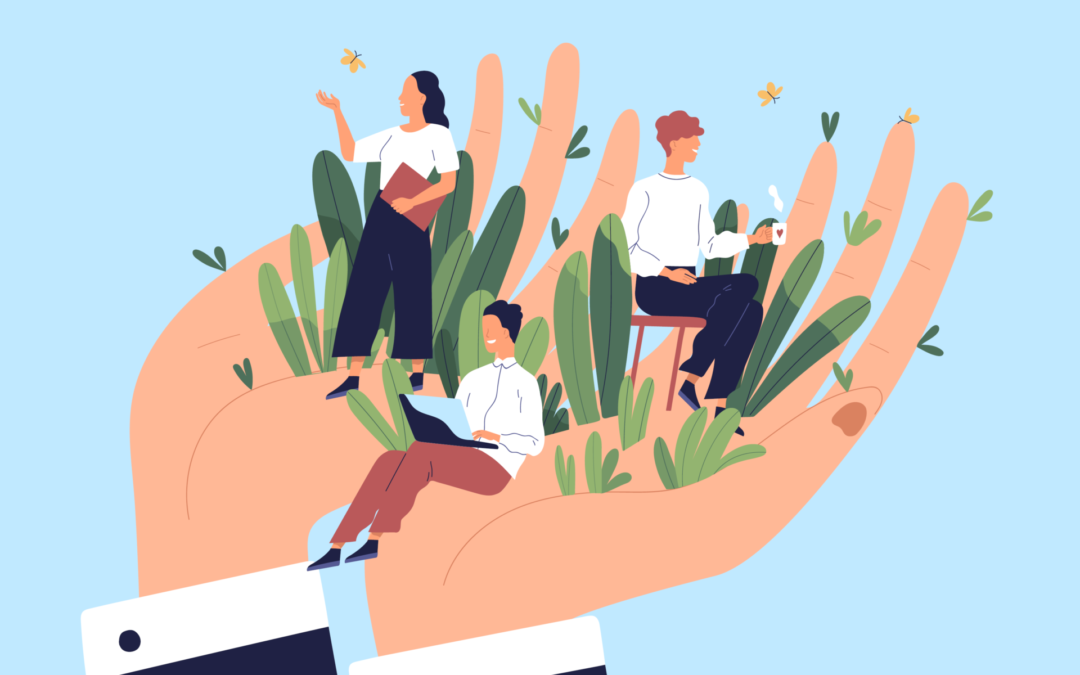Returning to school after the second wave of Lockdown.
Pupils’ experiences of the lockdown period will have been very varied. For some, it will mostly have been a safe and enjoyable time. For others, it will have been challenging or traumatic. Schools and teachers are used to supporting their pupils through challenges that they face in life – the current situation will amplify those situations many times over.
As a teacher, I am already aware of the experiences that my pupils are having, and as schools reopen, the specific challenges that the school community is facing will become more apparent. Supporting your pupils through this transition will draw on many of the skills you use day-to-day to provide personal and academic advice and guidance.
Different pupils within the same class will have had very different experiences of the lockdown period. They will also have varying levels of coping skills and resilience in dealing with those experiences. Having an open mind about what pupils may be going through and how they will be dealing with it will be necessary.
Pupils may not feel able to jump straight back into learning immediately when they return to school. Disrupted ability to focus is a common experience for children and young people who have experienced bereavement or trauma. Immediately returning to scheduled lessons might lead to disruptive behaviour as pupils get used to seeing each other again. Finding time to allow them to work through these conversations and get ready to learn could be helpful if you can schedule them in.
The return to school may be the first contact that pupils have had with each other in many weeks. Launching straight back into the usual timetable is likely to be challenging, as pupils have had a long period away from the regular daily routine. They may also have lots of thoughts and questions about the time away from school. Of course, there is also a need to make sure pupils begin catching up on work they have missed.
On the very first day in school, I will talk about rules in Level 2 at school. What are the expectations of the teachers and how students can be safe at school?
















